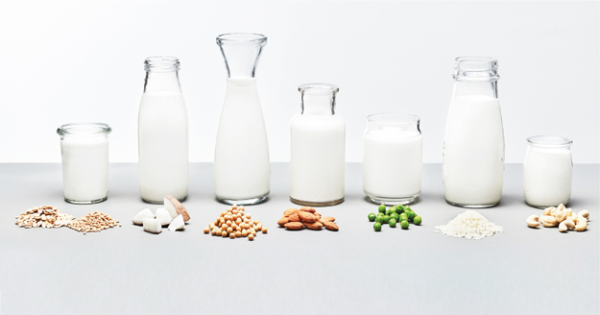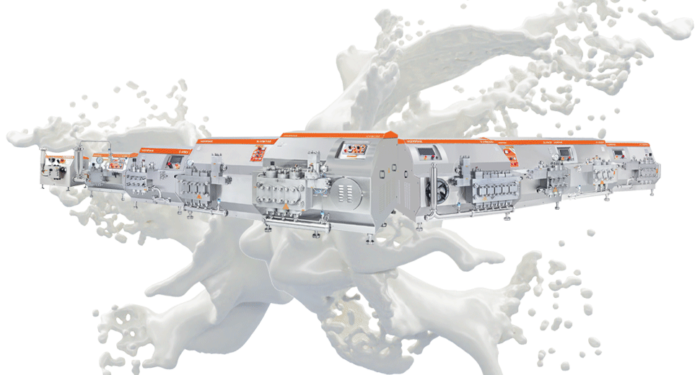As a leading manufacturer of homogenizers, we at HOMMAK understand the importance of homogenization in the dairy industry. As a process, homogenization helps to reduce the size of fat globules, improve the stability of the emulsion, and enhance product quality. In this blog post, we’ll discuss the role of homogenization in the dairy industry and its importance in producing safe, high-quality products.

Homogenization is a process used to disperse the structural elements of food, such as globules, molecules, particles, and droplets, within a surrounding continuous medium. This process is achieved by forcing a fluid to pass through a narrow orifice, which leads to various energy transformations impacting the dispersed or emulsified components. Homogenization helps to reduce the size of fat globules in milk, thereby reducing the rate of cream layer formation. The homogenization process also helps to improve the rheological properties of products, such as viscosity, as well as emulsification.
In the dairy industry, homogenization is used principally to prevent or delay the formation of a cream layer in milk. Homogenization helps to improve the digestibility of milk, enhances the appearance and mouthfeel of tea or coffee, prevents fat separation during the manufacturing of milk products, and reduces the susceptibility of milk to oxidized flavor development.
The principle of homogenization is based on a high-pressure pump that forces the liquid through one or more narrow openings (homogenization valves). The pressurized fluid flows axially through the homogenization valve with subsequent flow at an extremely high velocity through the valve gap. This leads to intense turbulence, converting the kinetic energy to heat energy and resulting in homogenized milk.
High homogenization pressures of 50-300 MPa and ultrahigh pressures of 400 MPa or more have recently been introduced as an alternative nonthermal treatment in the food industry. Apart from its use in disrupting fat globules, homogenization is also used for reducing food spoilage and improving food safety, recovering bioactive compounds, and increasing the functionality of food.

Homogenizers used in the dairy industry come in a variety of types, such as rotatory homogenizers, high-pressure homogenizers, and sonic disruptors. Generally, homogenizers are placed before the final heating section of the heat exchanger.
At HOMMAK, we understand the importance of homogenization in the dairy industry and are committed to providing high-quality homogenizers that help to produce safe and superior products. Our homogenizers are designed to provide maximum efficiency and productivity while reducing operating costs. We strive to provide our customers with the best homogenization solutions to meet their needs.





























